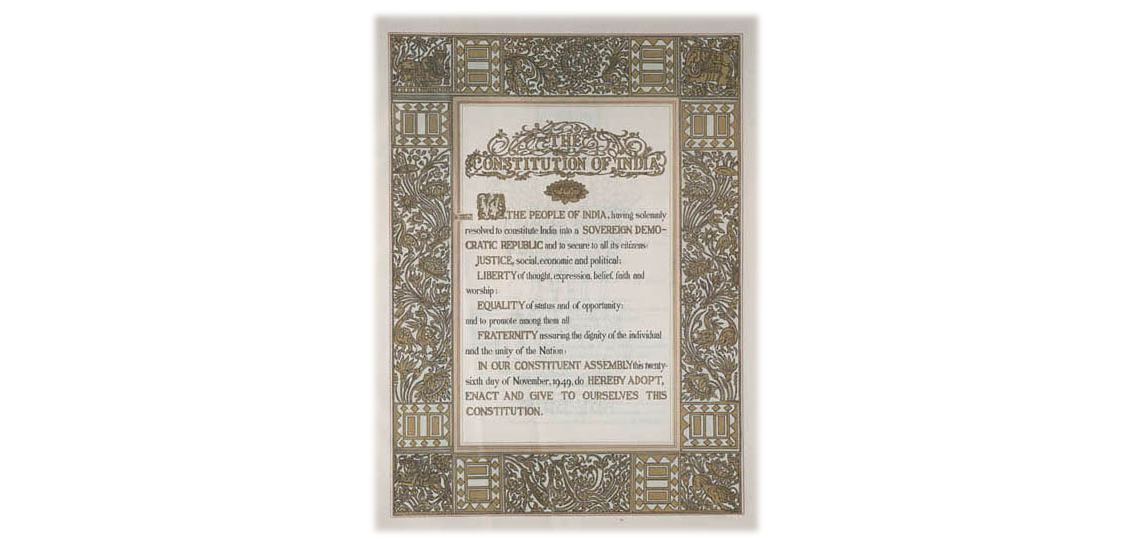Just over a month ago, India’s Mars probe, the Mangalyann, survived the 298-day journey to Mars, and was successfully in orbit around Mars. The Indian space programme is the fourth to reach Mars, after Russia, NASA and Europe. The Indian way of doing it is impressively different: NASA’s programme cost around $671 million while India’s was budgeted at around $74 million (4.5 billion rupees). The dramatic cost savings are partly due to a number of factors: use of native technologies rather than imports, simplicity of the craft and significantly lower labour costs in India.
The Indian journey to Mars is measuring levels of Methane gas on Mars. This this gas is present in the Earth’s because of methane-producing life. The presence of methane on Mars could, potentially, signal the existence of life on Mars. This probe could play a key role in discovering a form of life that is, literally, alien to our planet. [1]
The cost of the Mangalyann may be low by international standards, but for half a billion Indians who live on about €1 per day, it’s astronomical.
Recent reports suggest that the top 10% of India’s earners earn 12 times as much as the bottom 10%. The gap has doubled in the past 20 years. Wealth inequality is striking in India. It’s worsening. 42% of the 1.21 billion population live on less than $1.25 per day; this converts to about 1 euro, an amount which would dramatically fall short of buying even an average coffee in Ireland. [2]
Today is Constitution Day in India. 55 years ago today, on November 26th 1949, the Indian Constitution was accepted by the Constituent Assembly. The Indian Constitution is the longest of constitution of any sovereign country in the world. It contains 448 articles. Given India is home to over one-sixth of the people of the world, its importance is staggering. Its front page champions the four values of justice, liberty, equality and fraternity, values one associates with a high regard for human rights.
The ideals of a nation, outlined in a Constitution can often be far removed from the day to day realities with which many live. Many with leprosy are still dehumanised by their communities because of the fear and misunderstanding that surrounds their illness. The divide is sharp: this is a nation of spaceflight, and yet many people feel like aliens within their own nation, all because of an easily-curable disease.
Yet there is hope: India’s space exploration speaks volumes about its capability. It offers hope that a world of wealth inequality could be transformed. I pray that in applying its capacity India might, indeed, create that society justice, liberty, equality and fraternity abound. I long for that day when the men, women and children, who I know to suffer from leprosy may experience that that as their reality.
[1] J. Amos, ‘Why India’s Mars mission is so cheap – and thrilling’, http://www.bbc.co.uk/news/science-environment-29341850, accessed 25 November 2014.
[2] ‘India income inequality doubles in 20 years, says OECD’, http://www.bbc.co.uk/news/world-asia-india-16064321, accessed 25 November 2014.
